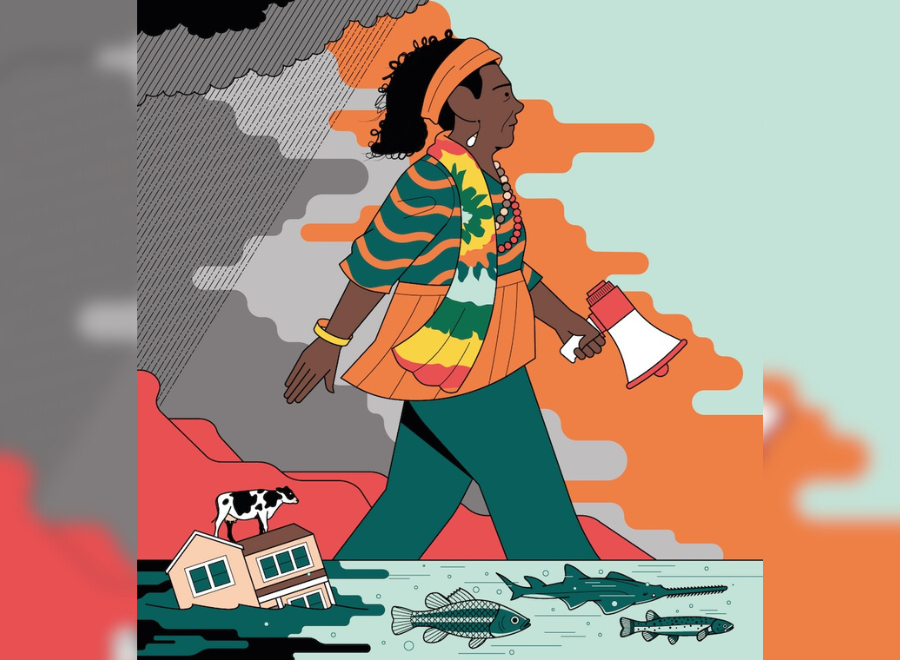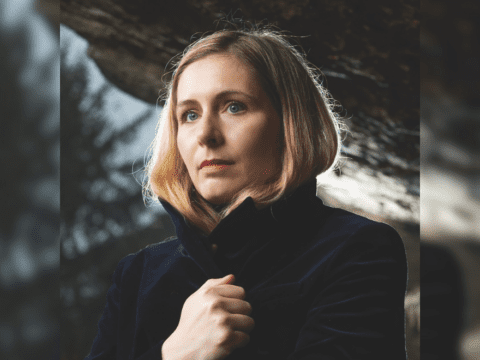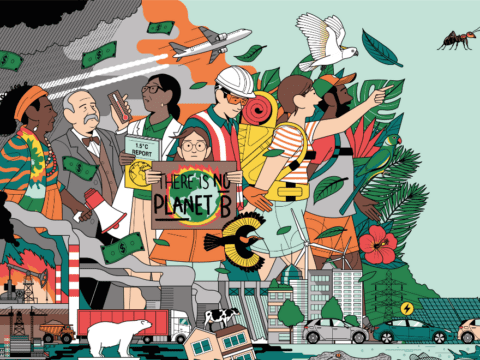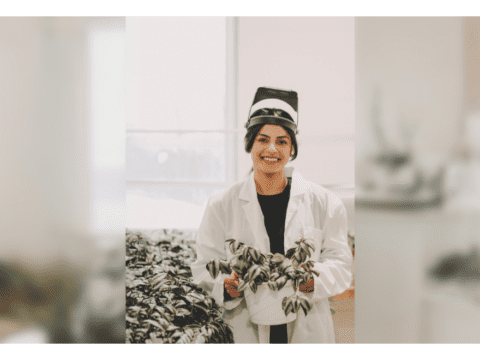The Martuwarra River is not just a waterway. It is a sacred being, explains Anne Poelina, an Indigenous community leader who descends from a lineage of custodians of its waters stretching back 40,000 years.
One of Australia’s last free-flowing wild rivers and a national heritage site, the Martuwarra, also known by its colonial name Fitzroy, cuts a camel-humped path both vertically and horizontally across 733 kilometres of ancient red rock, carving gorges through the Kimberley ranges before spilling over a floodplain into King Sound on the Indian Ocean. To Poelina, it is “the river of life.” Under traditional law, or First Law, the river owns her. She has a duty of care.
You may unsubscribe from any of our newsletters at any time.
Poelina identifies as a Nyikina Warrwa woman from the Kimberley region of Western Australia. She carries many other titles: adjunct professor at Charles Darwin University in northern Australia, interdisciplinary scientist, global ambassador, human rights advocate and champion of biodiversity. I first met her in 2018 at her home in Broome, a small town on the coast of Western Australia, where she made me pancakes with vanilla ice cream and maple syrup in honour of my nationality. She’s since earned a second PhD, focused on multispecies justice.
She has an intimate knowledge not only of her own culture but also of science. That knowledge has given her a mission: now that the challenges of climate heating are so vast, Indigenous wisdom, which she calls the oldest knowledge system in the world, must sit down with science to find solutions. It’s a message she took to the Intergovernmental Panel on Climate Change in 2018, several months before it issued the Global Warming of 1.5°C report. “We’re dealing with complexity,” Poelina tells me later. “So we need collective wisdom.”
More on Broadview:
- Rising temperatures are making the brilliant hues of Canada’s ancient lakes disappear
- Why a carbon-free world isn’t possible with capitalism
- How spiritual practices help me navigate my climate grief
And that means valuing and investing in the knowledge of Indigenous Peoples to work in concert with science and technology. She points to the massive flood on the Martuwarra early last year, the leftovers of tropical cyclone Ellie. In her community, she says the flood reached 1.5 metres, destroying bridges, houses and even flood monitoring stations. It was the largest in the recorded history of the state. “So we’ve lost everything from our homes,” she says.
Flooding has always been one of the moods of a river. But climate heating has made the river moodier. Investing in Indigenous knowledge could help communities cope with the changes, she says. More than 10 First Nations live along the Martuwarra, and they have had warning systems for thousands of years.
“At the top of the catchment, when the flood started happening, those communities, if they had the resources and the capacity, could have notified the communities downstream that this flood was coming in,” she said in a podcast. “It would give them two or three days of warning.”
Technology is important, she said in the podcast. But “we don’t need a radio that says this flood is coming.… We can see: What are the ants doing? What are the insects doing? What is the wind telling us?” People in her community have already tracked extraordinary changes in the river and the life it supports. They have followed the signs of nature and the timing of the seasons for many generations. It’s a globally unique river system, one of the last known places on the planet where critically endangered fresh-water sawfish — a species of ray with the head of a hedge trimmer and the tail of a shark — successfully rear their babies.
The river used to tell her people that when certain trees flowered along its banks, crocodile eggs were hatching. Now, with the climate changing, “all of those things are out of whack.” Huge fires farther north, driven by climate disruption, have made some soils literally scared of water, or hydrophobic. They cannot absorb the rains. Species disappear. “And they never, never, never come back.”
What’s left is under direct threat, too. Industry has proposals for extraction at a massive scale under the river basin.
Poelina believes it is possible to shift this narrative of climate chaos into a coalition of hope. That involves weaving many types of knowledge and voices into a different way to tell the story. “What we say as Indigenous from where I am,” she says, is that we need to “wake up the snake,” meaning wake up the consciousness of the people.
***
Lesley Evans Ogden is a journalist in Vancouver.














Something to add: One principle that made up the Doctrine of Discovery was the allowance for contiguity when it came to water. When the mouth of a river was discovered, colonizers claimed not only the river, but all the lands drained by that river. That’s a lot of land. And it was claimed not for purpose of protecting it and its human and non-human inhabitants. It was simply conquered.